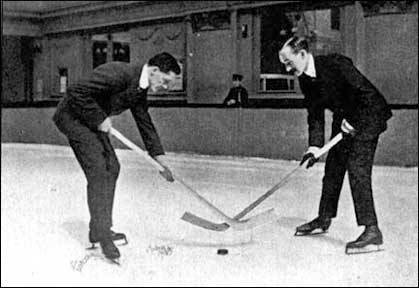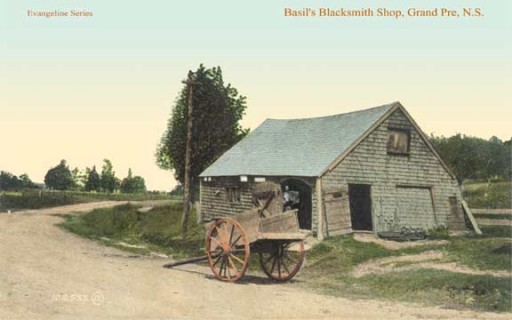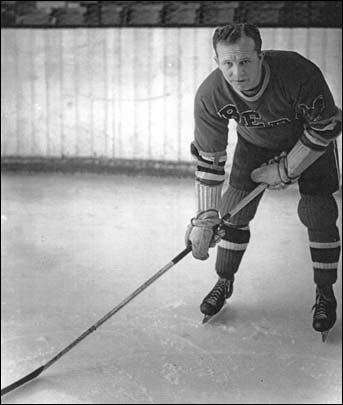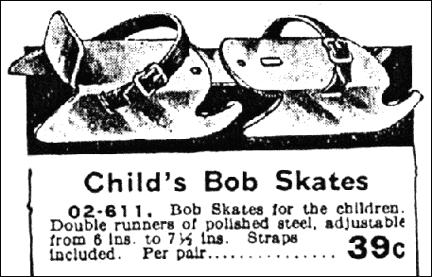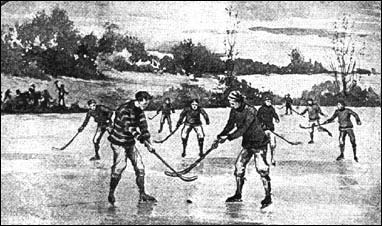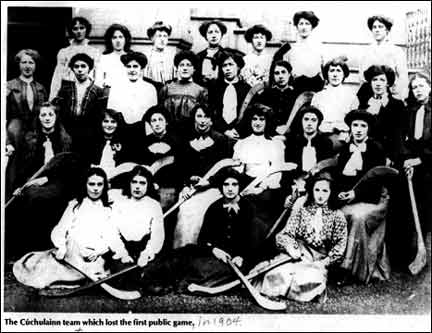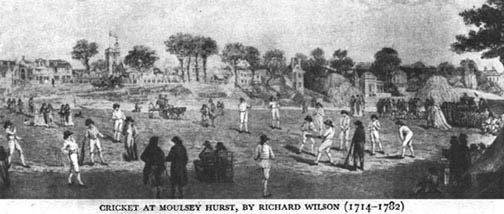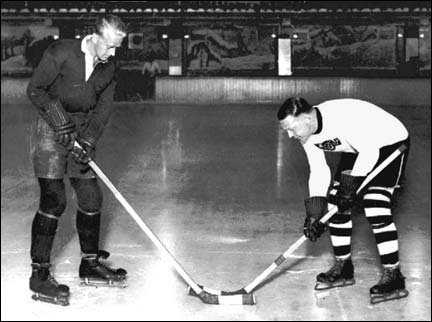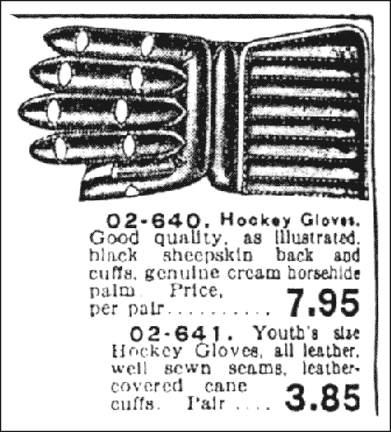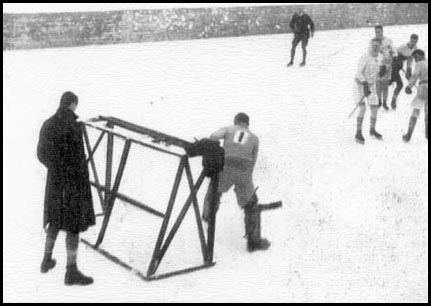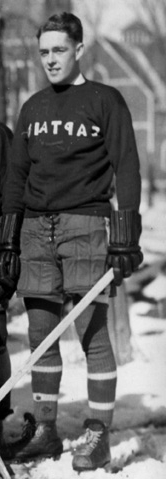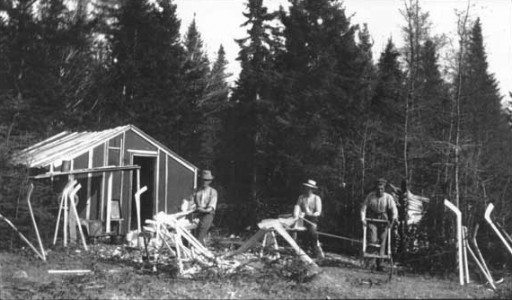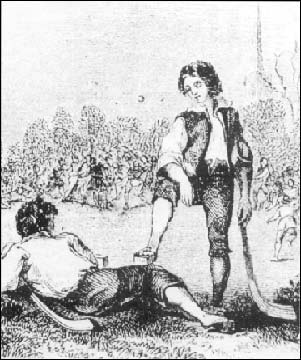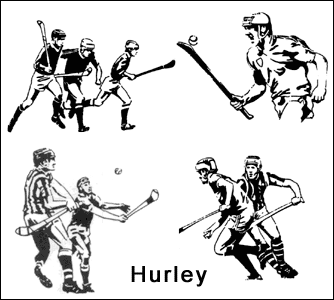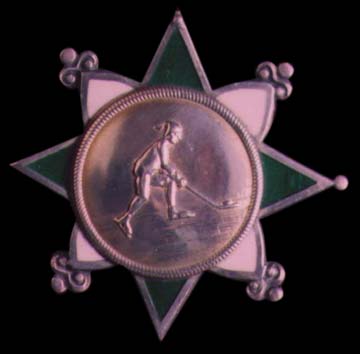| Alchamadijik – Name given by natives to the new game of Ice Hurley as it developed. |
|
| Bandy – An English stick-ball game played on ice, similar to Ice Hockey. The ice surface is the size of a soccer field. Eleven players on each team play two, fourty-five minute periods. |
|
| Blacksmith – A tradesman who makes implements and appliances like skates from heated iron. Block Skates – Iron skate blades imbedded in blocks of wood, held to feet with ropes or straps. |
|
| Boards – The vertical fence built around the ice surface of outdoor / indoor rinks to protect spectators from players and the action of the Ice Hockey game. |
|
| Nova Scotia Box Net – The first Ice Hockey Net – invented in Halifax, Nova Scotia, in January 1899. |
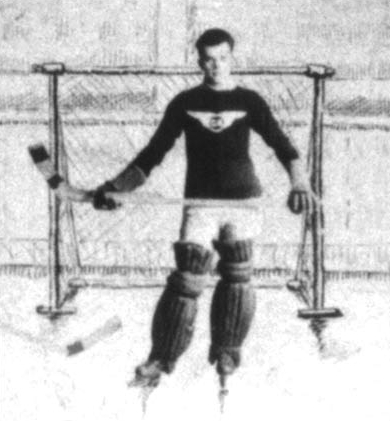 |
| Bob Skates – double bladed stable runners, used in early 1900s as children learned to skate. |
|
| Bully – The first method of beginning an Ice Hockey game. Opposing centre players banged sticks on ice beside ball, next banged each other’s sticks above the ball, then went for the ball. In Ice Hockey replaced by Face-Off in Winnipeg in 1893. |
|
| Camogie – Name for form of Hurley played by women in Ireland. |
|
| Cricket – An English stick-ball field game, popular since the early 1800s. Had an effect on the developing game of Ice Hockey. Played in Windsor, N.S. by King’s College teams and military teams which traveled from Halifax in the 1800s. |
|
| Face-Off – A new way of beginning the game of Ice Hockey, devised in Winnipeg in 1893, and quickly adopted across Canada and still used to this day. |
|
| Felts- Strips of harness felt 1″ thick X 2″ wide, placed beneath skate laces to allow for tighter fitting of skate boots to feet. Commonly used by hockeyists in the 1950s. | 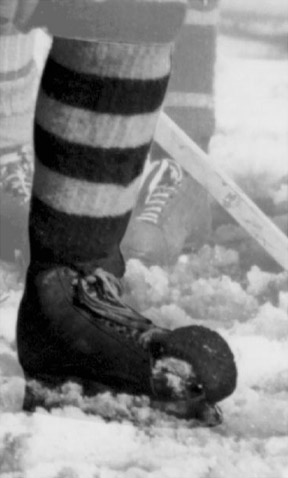 |
| Gas Lamps – Mounted on high poles, they burned coal gas. Used to light streets and inside of skating rinks from 1860s, prior to the invention of electric lights in the 1890s. | |
| Gauntlets – Leather padded gloves used to protect hands of Ice Hockey players. First invented and used in 1904. Not immediately accepted for use by all. |
|
| Goal Umpire / Goal Judge – Stood on goal line and rang bell to signify a goal in early days of Ice Hockey. |
|
| Halifax Rules – The first rules of Ice Hockey known to be used in Nova Scotia and Montreal. | |
| Hockeyist – Early name for Hockey or Ice Hockey player |
|
| Hockeyite – Early name for Hockey or Ice Hockey Player | |
| Hockey – English family name and also name of English stick-ball game known also as Field Hockey since 1400s. | |
| (Short) Hockey Pants – Replaced longer pants when players began using knee and shin pads which wouldn’t fit beneath legs of pants. Long stockings introduced at the same time, in the 1915 era. |
|
| Hockey Stick – The stick used to play Field Hockey or Ice Hockey |
|
|
Hoquet – French field stick-ball game |
|
| Hornbeam – Name of tree native to Nova Scotia used to make early Ice Hockey sticks. Scientific name: Ostrya Virginiana. |
|
| Horse Apples – Frozen horse droppings, often used by young boys as Ice Hockey pucks. Also called horse puckies. | |
| Hurley – Irish national stick-ball game. |
|
| Hurley Stick – The stick used by players of Irish national field game of Hurley or Hurling. |
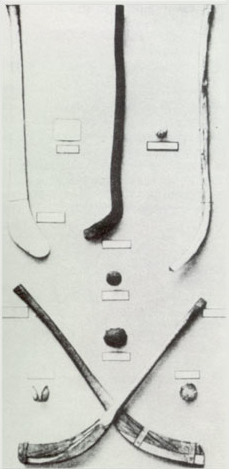 |
| Hurling – Another name for the game of Hurley. |
|
| Ice Carnival – Fancy dress costume skating parties popular in 1800s-1950s. Often followed by an Ice Hockey match or skating race, as prime community entertainment when skating and Ice Hockey began in covered natural ice rinks across Canada. |
|
| Knickers – Over-the-knee trousers used by football players and the early hockeyists. Replaced with short padded pants as shin and knee pads were nvented in the 1890s. |
|
| Lacrosse – Stick-Ball Field Game. Canada’s National Summer Sport. Developed by Canada’s First Nation People. | |
| Lantern (Skater’s Lantern) – used either candle, or oil and wick. Carried by skatists during evening hours for outdoor skating. | 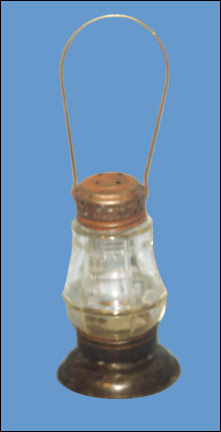 |
| Medallion – A decorated metal disc, used to signify championship of competitors in sport and pinned to jersey or hung with cord around neck, prior to the use of trophies in the 1890s. |
|
| “MicMac” – Name given to indigenous peoples of Nova Scotia (late 1700s) by English. In 1995 the spelling was changed to Mi’kmaq. (See Also History of Windsor, Nova Scotia) |
|
| Natural Ice (as opposed to ‘artificial’ ice) – Ice formed from water during freezing temperatures. The covered rinks of Canada used natural ice for many years until artificial ice making plants became available. |
